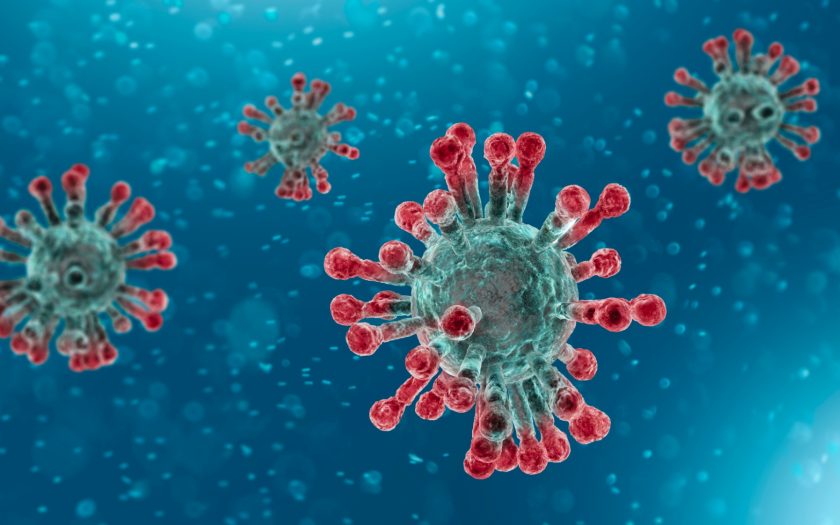It is a disease that first arose in December 2019 in the port city of Wuhan, China. The disease began as an outbreak that developed into a pandemic. The outbreak of this disease has now been recognized by the World Health Organization as a state of emergency in the field of international health care, and has made interim recommendations in accordance with the 2005 International Health Regulations. WHO also added to the IHR 2005 the name of the disease 2019-nCoV acute respiratory disease (acute respiratory disease caused by coronavirus 2019-nCoV). In order to avoid the stigma associated with the geographical region where the first cases occurred, as well as with racial identity, WHO has finally approved the official name of the disease as “coronavirus 2019”.
Etiology
There are provocative statements about the artificial origin of this pathogen, but statements by many scientists and research organizations refute it, claiming that it is undoubtedly of animal origin.
Epidemiological features
The source and reservoir of the infection are suspected of bats, snakes, and as yet unknown animals. There is information about pangolins consumed in China, but this is under discussion. By analogy with other zoonotic coronavirus diseases, such as severe acute respiratory syndrome or Middle Eastern coronavirus respiratory syndrome, it is believed that transmission is possible from animals to humans through direct close contact with a living animal, or through certain products, such as camel milk. It probably happened at the Wuhan animal and seafood market.
It is now known that the coronavirus is already spreading in the human population without the involvement of the animal source, exclusively from person to person by means of an airborne mechanism of transmission of the virus through aerosol, with large dispersed respiratory secretions. The degree of activity of this mechanism is defined as sluggish, not as active as in influenza. Contagiosity index reaches 30%, while at measles it reaches 90%. The possibility of contamination with the introduction of aerosols into the conjunctiva is not excluded. The transmission is facilitated by long-term close contact with the patient in the same room, up to 1-2 meters away. Food and household products contaminated with SARS-CoV-2 may be factors of transmission.
The degree of susceptibility has not yet been determined. The question is whether immunity formed to other human coronaviruses (which is present in 80% of the world) protects against 2019 coronavirus disease.
The most vulnerable contingent at present are smokers, men, people of Asian ethnicity, the elderly, and persons with severe background illnesses (diabetes, essential hypertension, etc.) and significant shifts in the immune system. There is a high risk of health workers.

